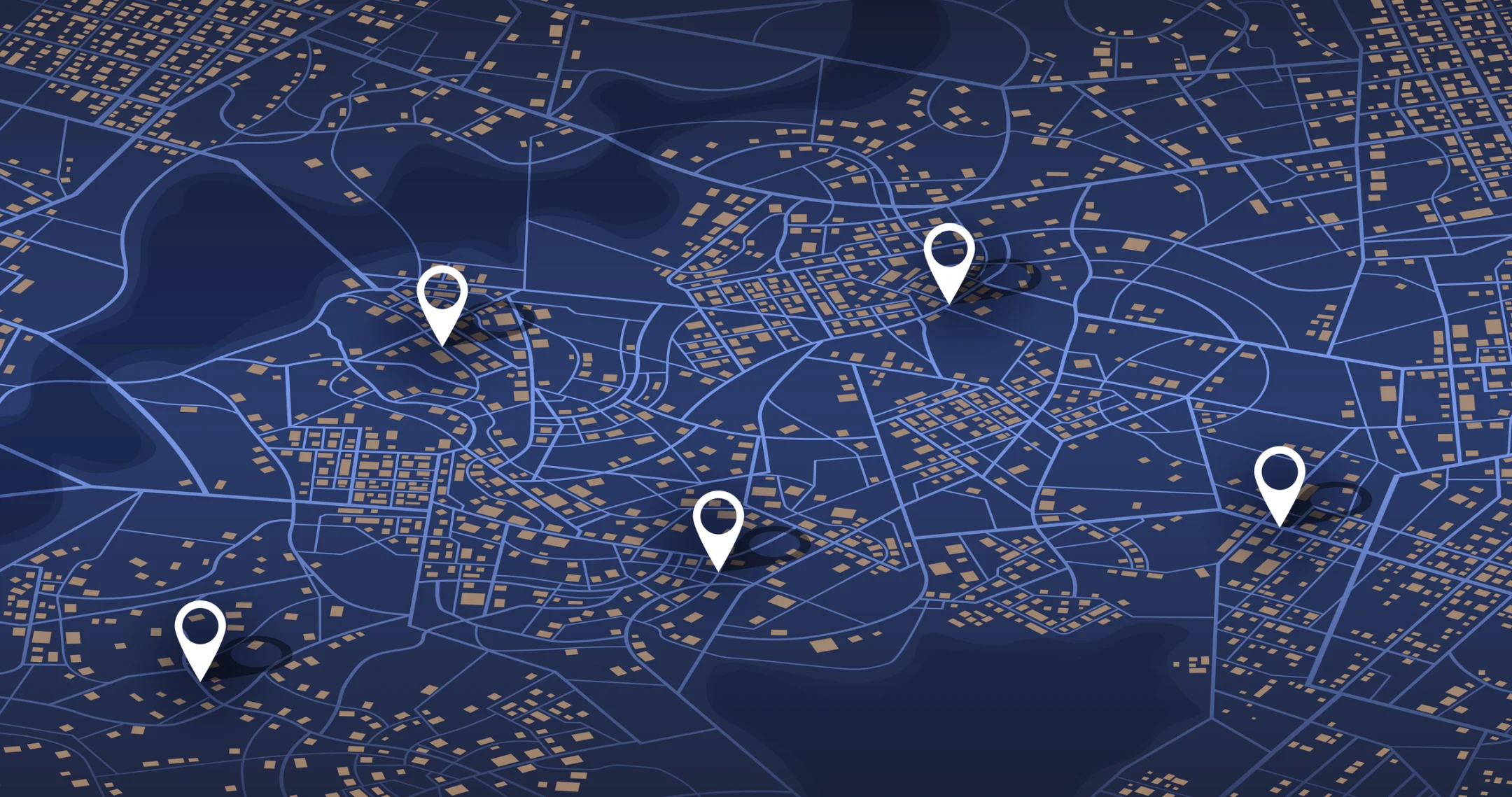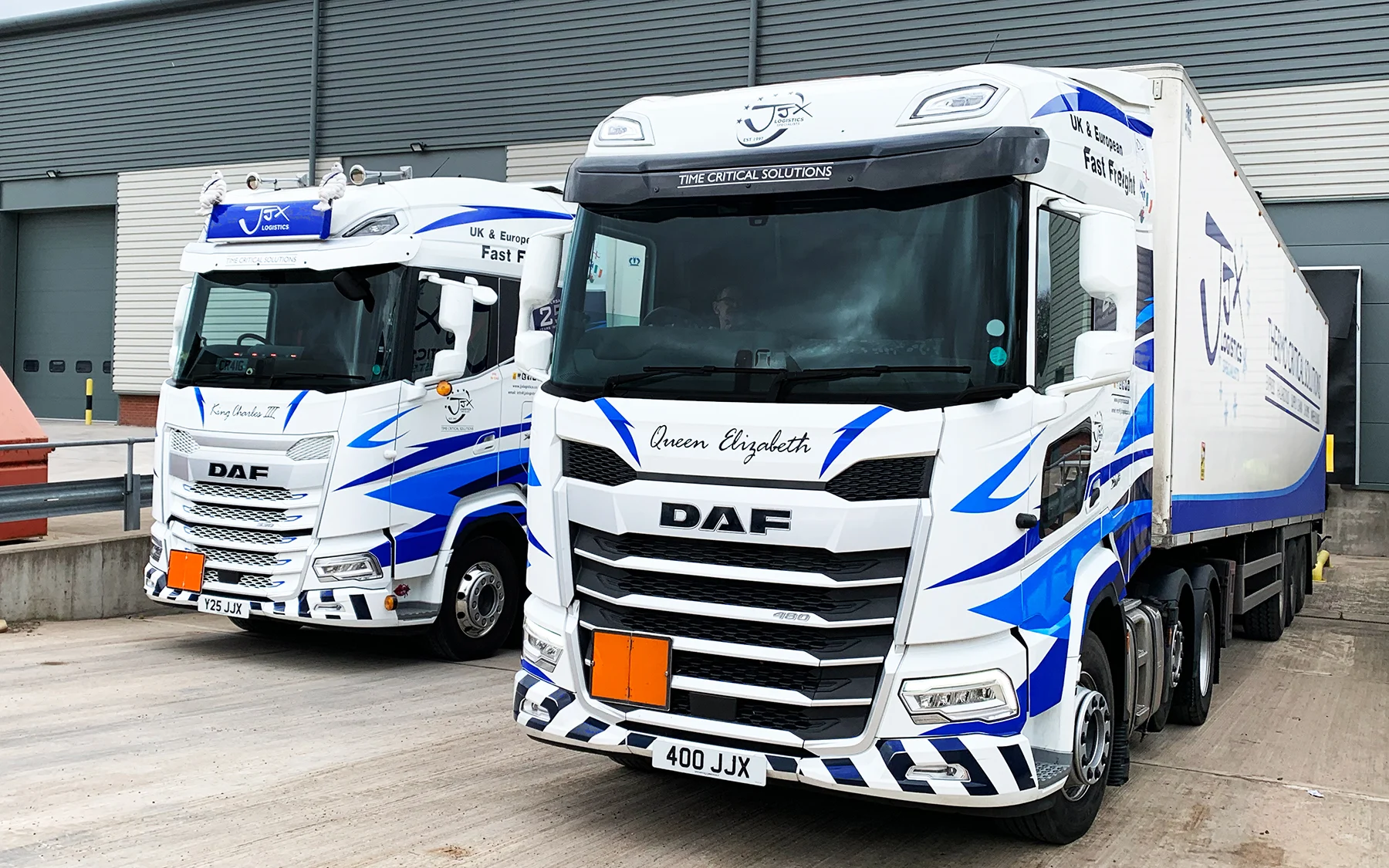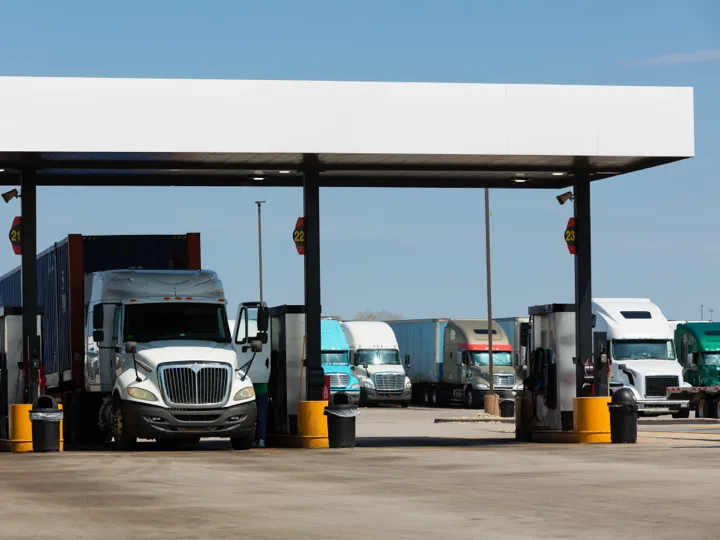Efficiency
In the Unpredictable World of Fleet Management, Technology and Data Can Help Mitigate Risk
July 25, 2023
Senior Vice President, EMEA

Get the latest from Samsara
Subscribe nowVehicle fleets—the lorries, trucks, cars and vans that help connect the commercial world—are the driving force behind physical operations. But as every operations manager and business leader knows, running an efficient fleet isn't cheap.
The impact of price spikes, fixed costs and increased competition can have a devastating impact on cash flow. If left unchecked, it can do serious damage to business performance.
In June, a major delivery business that served thousands of businesses across the UK went into administration. At the time, it was reported that it was due to the highly competitive nature of the UK market and the impact of inflation on the business. Combined with an increase in its fixed cost base, this put intense pressure on the firm’s cash flow.
It is never good to hear about the demise of a business and the impact this has on employees, customers and investors. And I understand that parts of the business may now have been acquired.
What’s clear is that the fall of such a well-established brand shows that no business—regardless of their size or decades of successful operation—is immune from today’s challenges.
But these aren’t the only risks fleets face.
From finance and recruitment to employee safety and business reputation, there are threats to business continuity in every part of a business. And it’s risk—above all else—that has the potential to bring a smooth-running operation to its knees.
Our recent report—The Road Ahead: Putting fleet managers in the driving seat of modernisation—sought the opinions of 150 UK fleet managers as we asked them to prioritise their top concerns for 2023.
It should come as little surprise that fuel costs (41%) and the ongoing driver shortage (33%) came out on top. Yet the expansion of low-emission zones (27%)—not just in London, but in a growing number of towns and cities across the UK—also ranked highly, as did road safety (22%) and the constant pressure to run their fleet without any additional budget or resource (17%).
Data and technology can help fleets identify risk.
All of these concerns pose a risk to the future operation and financial well-being of fleets. And yet, all of these issues can be addressed using connected technology, and the data it produces, to help mitigate risk.
For instance, data can be used to fuel improvements in road safety. D & F McCarthy Ltd—East Anglia’s leading wholesaler of fresh fruit and vegetables—uses Samsara’s actionable real-time data to transform and improve driver safety across its business. Despite longer journeys and additions to the McCarthys’ fleet, the business has seen the number of accidents fall by 75% a year. Likewise, M Group Services Plant & Fleet Solutions (MGSPFS)—the fourth-largest fleet in the UK with over 8,500 vehicles—also takes a proactive approach to safety risk management. Its safety programme leverages tech such as dual-facing AI-powered dash cams to monitor drivers in real-time via a remote telematics portal back at HQ.
While Lanes Group plc, the leading wastewater utility solutions provider and the largest independent drainage specialist in the UK, not only improved its safety record, but it also delivered annual savings of more than £300,000 thanks to Samsara’s real-time insights
In all three examples, data is used proactively to reduce the likelihood of incidents. In all three examples, data is used proactively to mitigate risk.
In all three examples, these businesses had already made the decision to invest in technology and are already well down the road to transforming their businesses. Which is why those that have yet to embrace digital transformation need to make a start—now—or risk exposing their business to the harsh realities of commercial life.
Real-time data can improve driver safety and boost recruitment and retention.
Take another of the concerns—driver recruitment and retention—an issue that has been dogging the industry for years. Our report found that the combination of labour-saving technology and data-fuelled actionable insights could make a real difference.
In particular, it found that dash cams (78%), GPS routing (77%), crash or incident detection (75%), and safety systems and alerts (75%) are all technologies that drivers said would have a positive impact on their job. Together, they form a suite of technologies that put drivers at the heart of Samsara’s connected platform, making their jobs safer while replacing laborious paper processes with modern apps and technology. For instance, AI-enabled dash cams—that work by processing millions of pieces of data in real-time—can spot if a driver is distracted or using a mobile phone and provide in-cab alerts as part of proactive driver coaching. As mentioned previously, the reduction in risk — in terms of driver safety and reducing the likelihood of an accident — is a clear example of how technology and data can combine to mitigate risk.
The same is true wherever you look across a business, be it fuel efficiency, driver safety, routing or automating workflows.
Data exposes risks within a fleet.
By adopting technology and leaning on the data it produces, fleet leaders get to see things within their business that have remained hidden for years. That’s because data provides insights.
Data shines a light on areas of a business that may have previously been ignored. By increasing visibility and seeing where potential lies, you automatically reduce risk. Part of the success of our Connected Operations platform is its ability to provide data that delivers the kind of actionable insights that can transform a business.
Risk—be it commercial, financial, legal, safety, or compliance—lurks around every corner. And as any transport manager knows, the only predictable aspect of operating a fleet is that it’s unpredictable.
Technology, and the data it gathers, allows business leaders to see the risks across their business in unimaginable detail. It is only by identifying those risks that businesses can hope to address them. The sooner firms begin their data transformation journey, the sooner they can start to address the risks they face.
Get the latest from Samsara
Subscribe now
















